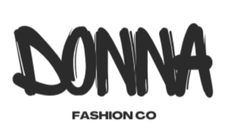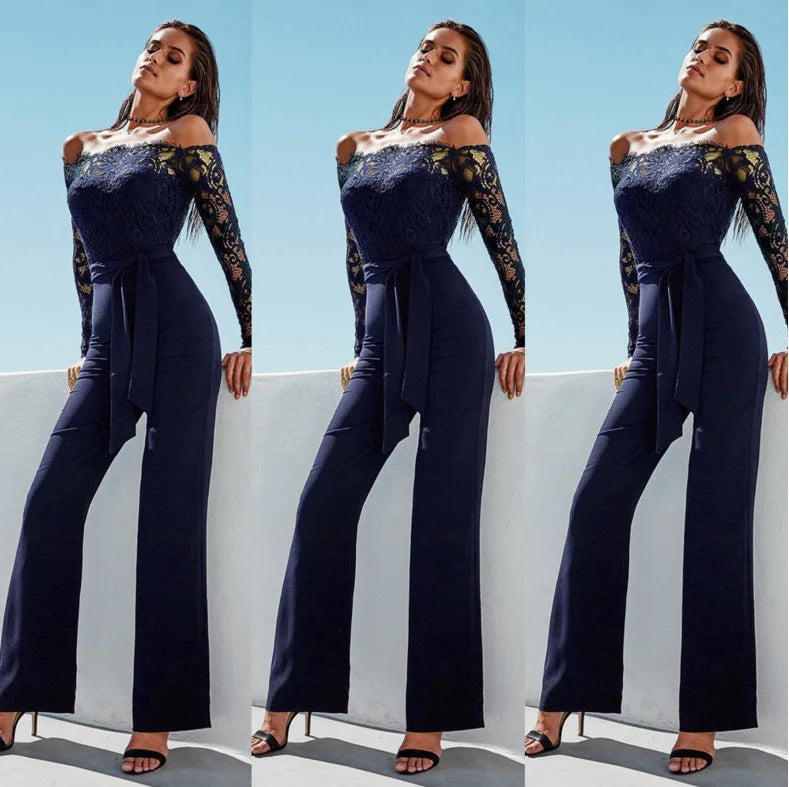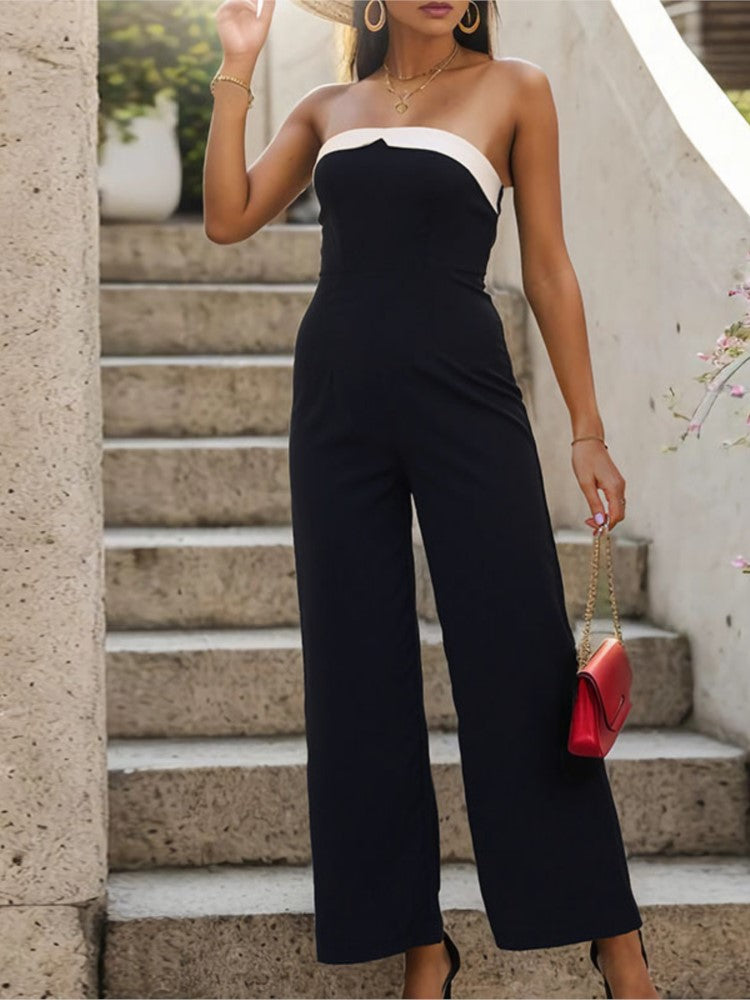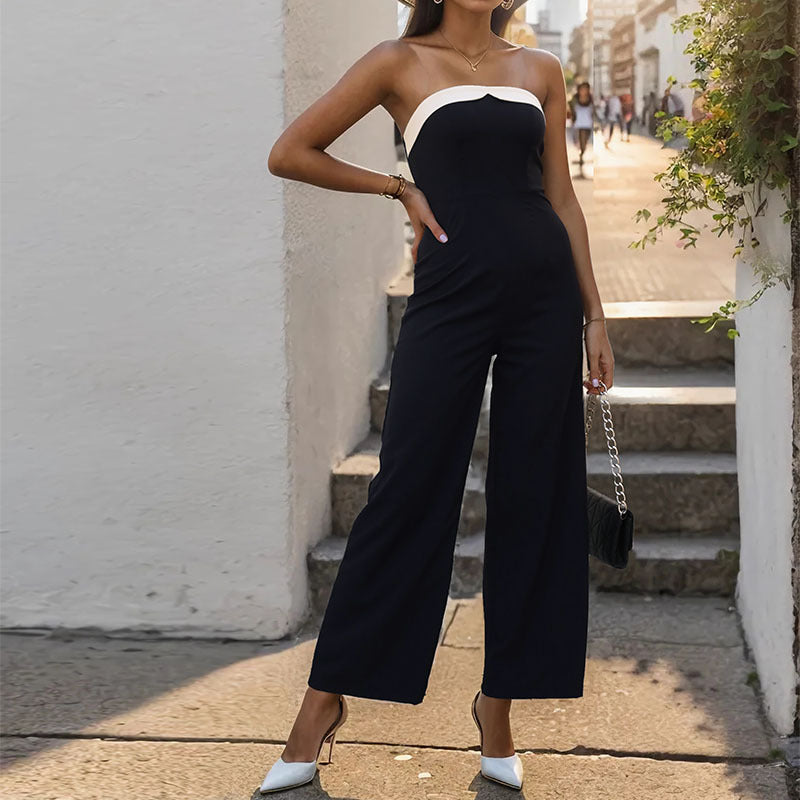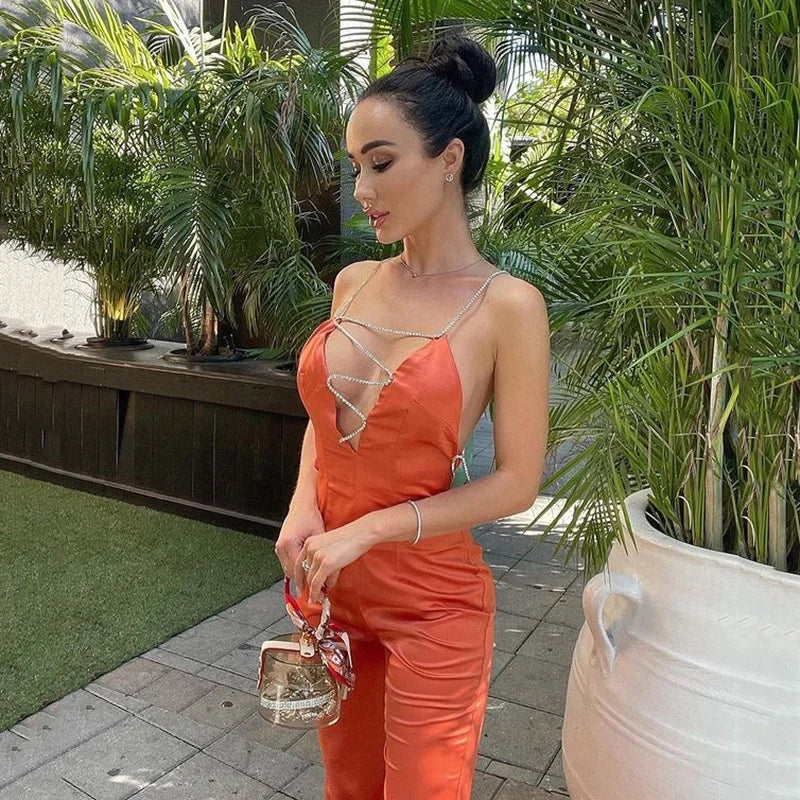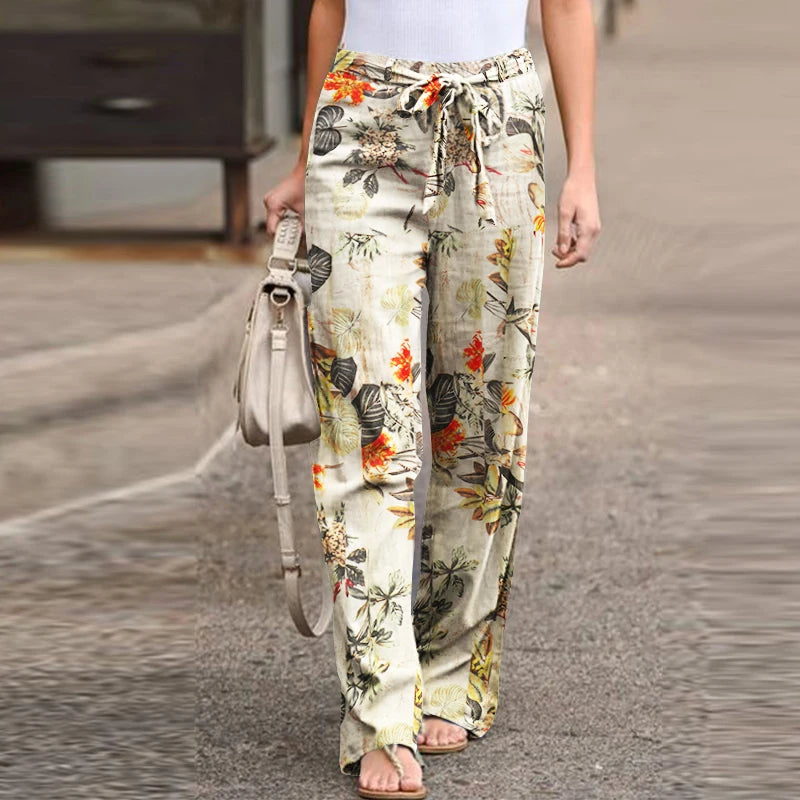introduction:
Fashion is not just clothing; It is a reflection of the times we live in, influenced by a myriad of factors including culture, technology and politics. Wars and world events, in particular, have played a crucial role in shaping
fashion trends, as they often result in significant social, economic and cultural changes that are reflected in the way people dress. From the utilitarian uniforms of soldiers to the avant-garde designs of post-war reconstruction, the influence of global events on fashion is deep and far-reaching.
Effect of wars on fashion:
Wars have historically had a profound effect on fashion, as they disrupt economies, social structures and everyday life, leading to changes in clothing styles and materials. In times of conflict, practicality and utility often take precedence over aesthetics, leading to the adoption of more functional and durable clothing. Military uniforms, for example, have inspired many fashion trends, from the tailored
coats of the Napoleonic Wars to the camouflage prints of modern streetwear.
Fashion in World War I (1914-1918)
The First World War was a fateful event that changed the face of the world. At the beginning, women had to go to work instead of the men who were in military service, and therefore they needed more practical and comfortable clothes. As a result, the "New Society" fashion of the early 20th century developed, in which women began to use less restrictive and more comfortable clothing.
World War I marked a turning point in fashion, as the practicalities of war required simpler and more efficient clothing designs. Women took on new roles in the workforce during the war, which led to the popularity of more practical and comfortable clothing such as
women's pants and tailored
suits as well, matching women's. The war also led to shortages of materials such as silk and steel, which resulted in the use of alternative fabrics and resources in the production of clothing.
1914 - World War I, woman in sailor's clothes
Fashion in World War II (1939-1945)
The Second World War was a period of difficulty and reduction, also in the world of fashion. During this period, the "war makeup" fashion grew - light, simple and fog-free makeup, reflecting the need to save on everything. At the same time, women around the world still continued to use fashion to express themselves, thus building a stronger and more independent image of women.
World War II had a similarly profound effect on fashion, as rationing and restrictions on clothing production led to a more austere and utilitarian aesthetic. Women's fashion has become more functional and tailored, with shorter hemlines and boxy silhouettes reflecting the need for practicality and efficiency. The war also sparked innovations in textile technology, which led to the development of synthetic fabrics such as nylon and rayon.
Fashion during World War II 1933 - 1945
In addition to wars, social and cultural movements also influenced fashion trends, as they reflect changing attitudes and values in society. The civil rights movement of the 1960s, for example, inspired a wave of African-inspired prints and bold colors in fashion, as designers sought to celebrate diversity and challenge traditional notions of beauty.
A woman in a bikini for the first time - 1945
The feminist movement of the 1970s brought about a shift towards more androgynous and unisex styles of clothing, as women sought to assert their independence and equality through their choice of clothing. The 1980s punk subculture rejected mainstream fashion norms in favor of a do-it-yourself aesthetic and anti-establishment attitude, leading to the popularization of
ripped jeans , leather jackets and safety pins as fashion statements.
Fashion during the War of Independence (1948)
Israel's War of Independence in 1948, however, resulted in a unique cultural development. At the beginning of the conflict period, the term "wild Zionism" changed dramatically as clothes like the blue hat and the white shirts used to show a connection with the said land. During the struggle and war, a unique style of military fashion developed, reflecting durability, savagery and efficiency.


Fashion in the Cold War years (1947-1991)
The Cold War period was a period of technological bypass and competition between the political systems of the West and the East. The economic revival of the United States in the 1950s and the development of American industry led to the dawning of the space fantasy, which is reflected, among other things, in the collective and popular fashion of the time.
Soviet Cold War fashion magazine 1960

Cold War Soviet fashion magazine 1980

A space race campaign from a 1960 comic book

Fashion in the Vietnam War (1955-1975)
The Vietnam War was not only a political war, but also a cultural and ideological war. In the 60's and 70's, the "Hippie" fashion developed which brought color, comfort and freedom of spirit to the American culture. The influence of the hippies is also evident in the colorful flower child fashion which included a lot of flared bell bottoms, Renaissance shirts, colorful vests, women's dresses with psychedelic prints that characterize the LSD culture, and head decorations, and this is just a summary of what went on there.


Fashion in the Yom Kippur War (1973)
The Yom Kippur War that took place in 1973 affected fashion in a number of ways. During this period, there was growth in the field of casual and sporty fashion, with extensive use of lighter and more comfortable fabrics. Also, it was common to use natural colors and classic and clean designs, which reflect the desire to be close to nature and to be unique.
1973 Israel


Fashion in the Lebanon War (1975-1990)
The Lebanon War was a tumultuous period in the history of the Middle East. At its beginning, we first saw a unique "military-medical" design style, which combines practicality with aesthetics. Then, with the development of the conflict and the struggles, the "second freedom" fashion developed which brought color, comfort and inspiration from the local and cultural environment.
Globalization and technology:
In the modern era, globalization and technology have further accelerated the pace of fashion trends, as the world becomes more and more connected and digital. The rise of social media and e-commerce has democratized the fashion industry, allowing greater visibility and accessibility of diverse styles and aesthetics from around the world.
Sustainability and ethical practices have also become important considerations in the fashion industry, as consumers and designers look to promote more responsible and environmentally friendly practices. The growing awareness of fashion's impact on the environment and working conditions has led to a shift to sustainable fashion options, including organic materials, ethical production methods and recycling initiatives.
Natural disasters, epidemics and other global crises also had a significant impact on fashion trends. The COVID-19 pandemic, for example, has led to an increase in casual and leisure clothing as people adapt to remote work and orders at home. The need for comfort and versatility in clothing became paramount, influencing designers to focus on functional and relaxed silhouettes.
The impact of the year 2000 bug on global fashion
The year 2000 bug created a sense of fear and uncertainty around the world, as well as in the field of fashion. The fear of this bug caused changes in fashion styles and consumer behaviors. Most people preferred simple and comfortable clothes, which were less expensive and more practical. An increase in the use of new technological fabrics and simple and clean designs was also observed, to facilitate everyday life that would have been undermined.
The effect of the corona epidemic on global fashion
The corona epidemic has produced fundamental changes in global fashion. With the outbreak of the epidemic, many went to work from home and there were sharp changes in fashion requirements. There has been a higher demand for comfortable and pleasant clothes for working from home, such as sweatpants, sports clothes , and designed and comfortable t-shirts . There was a decrease in the demand for luxury clothes or clothes for social events. In addition, there has been a demand for face masks and clothing designed to protect health, and new styles and designs have appeared that combine functionality with style.

In conclusion, wars, world events, social movements and technological advances have played a crucial role in shaping fashion trends throughout history. Whether through the practicality of war uniforms, the rebellious spirit of countercultural movements, or the sustainability initiatives of the modern age, fashion continues to evolve in response to the changing world around us. By understanding the intersection of fashion and global events, we can appreciate the dynamic and multifaceted nature of clothing as a form of expression, identity, and response to the ever-changing realities of our world. As we look to the future, it is essential for the fashion industry and consumers to continue to engage with these influences mindfully and responsibly, in order to create an inclusive, sustainable and socially aware fashion landscape for generations to come.

















